On Saturday, thousands filled London’s streets.
They gathered in peaceful protest because they knew this could be their last chance to be “disruptive”, to be a “nuisance”, to hold hands under a unified cause.
From suffragettes to miners, at Peterloo or Westminster, serious bids for change in Britain have rarely been fanned into flame without the spark of civil disobedience.
But as the Police, Crime, Sentencing and Courts (PCSC) Bill prepared to be pushed through the House of Lords, protestors knew all this could change.
The bill threatened an end to organised dissent, with police given the authority to ban protests deemed “seriously disruptive”, even if this meant being too noisy.
In preventing “serious disruption” or a “public nuisance”, police would not only have the authority to ban protests, but could stop and search anyone they think may be carrying “banned” items – such as banners or leaflets.
This would be true “whether or not the constable has any grounds for suspecting that the person […] is carrying a prohibited object”.
The bill also has the potential to effectively criminalise Gypsy, Roma and Traveller people, banning people from stopping on public and private land without permission.
The bill was defeated three days after the protest in the Lords, with peers voting 261 votes to 166 against police powers.
A further vote backed an amendment to strip the power to impose conditions on protests on noise grounds.
However, on Saturday, with protest itself at risk, protestors across the country joined London and marched – to be able to march in the future.
As one banner said, it was all very “meta”.
We were looking at the culmination of a country’s protesting culture. Its final stand.
So what does that protest highlight about us?
Looking down the barrel of an end to dissent, what was prioritised, and how did they act?
Find out by reading the full article here.
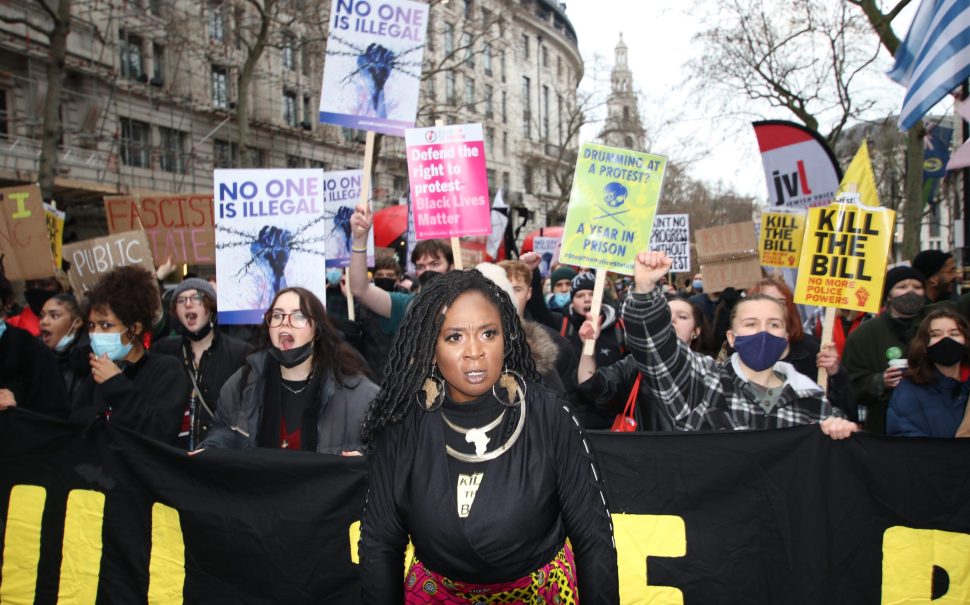
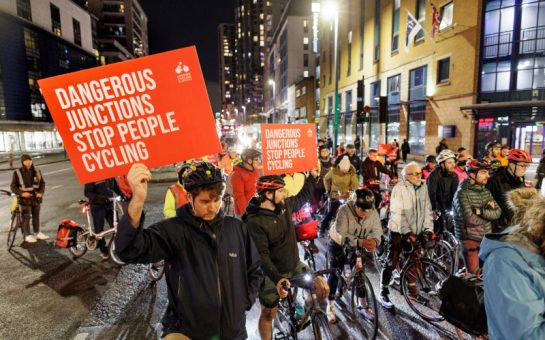
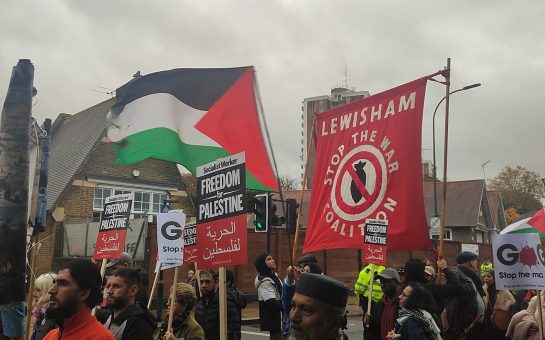
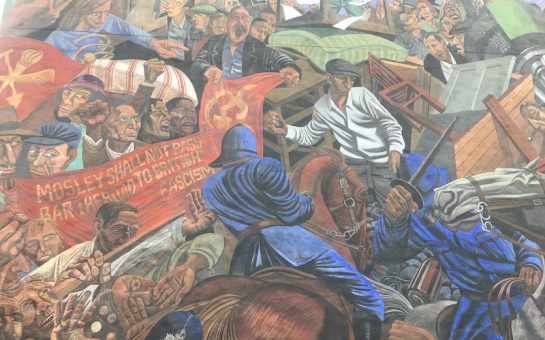
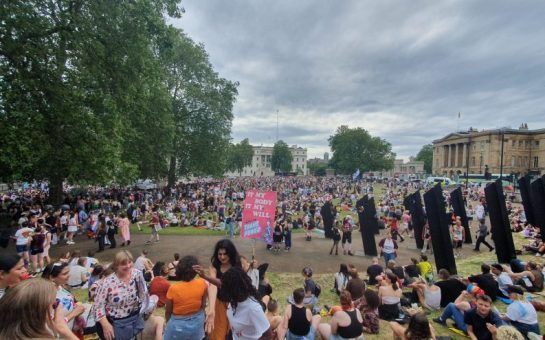
Join the discussion